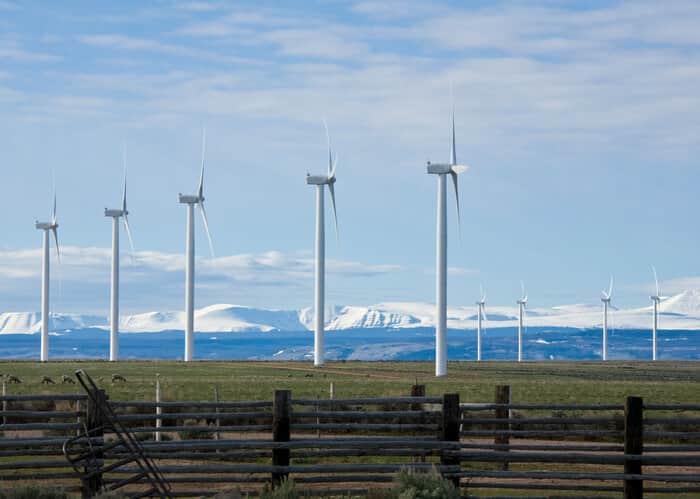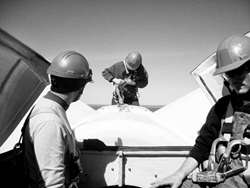Above-average wind speeds in southern Mexico boosted performance at many of the country's operating wind projects in 2014, according to data from Vaisala. However, wind speeds below the long-term average in Mexico's interior negatively affected overall production at wind farms in that region.
According to Vaisala, such disparities highlight the importance of gaining a deep understanding of how much seasonal and year-to-year variability is possible at a location prior to any major investment. The issue is especially critical in Mexico, where a substantial influx of international capital can grow its domestic wind energy sector. Given that wind speeds have a direct impact on wind production, an increase or decrease of 5% can have a 5% to 8% impact on power production, depending on the wind sensitivity of the region.
Last year, wind speeds were 5% below normal in Mexico's interior, from the U.S. border south to Mexico City – which had an adverse effect on the performance of a number of operating projects, including Grupo Dragon's 50 MW Los Altos wind farm in Jalisco.
Fortunately, southern Mexico, where the vast majority of the country's wind assets are located, did not follow the same trend – and the dense wind development area around coastal Oaxaca experienced wind speeds that were 5% higher than average.
The Oaxaca region – in particular, the cluster of projects around Juchitan de Zaragoza – is of key strategic importance to international wind energy investors. For example, Acciona has more than 550 MW of operating wind farms in Oaxaca, and Iberdrola owns several other large projects in the vicinity. Oaxaca's Isthmus of Tehuantepec boasts one of the strongest wind resources in the country due to unique topography that creates a natural wind funnel through a break in the Sierra Madre mountain ranges for air traveling from North America and the Caribbean.
However, although the meteorological reasons behind the strength of the wind resource in the region are well understood, it is important to note that strong climate anomalies, both positive and negative, such as those experienced in Mexico last year, are by no means isolated or uncommon events. Should Oaxaca experience a low wind year, a large number of operating assets would experience substantial dips in production and corresponding reductions in their owners' revenue streams.



